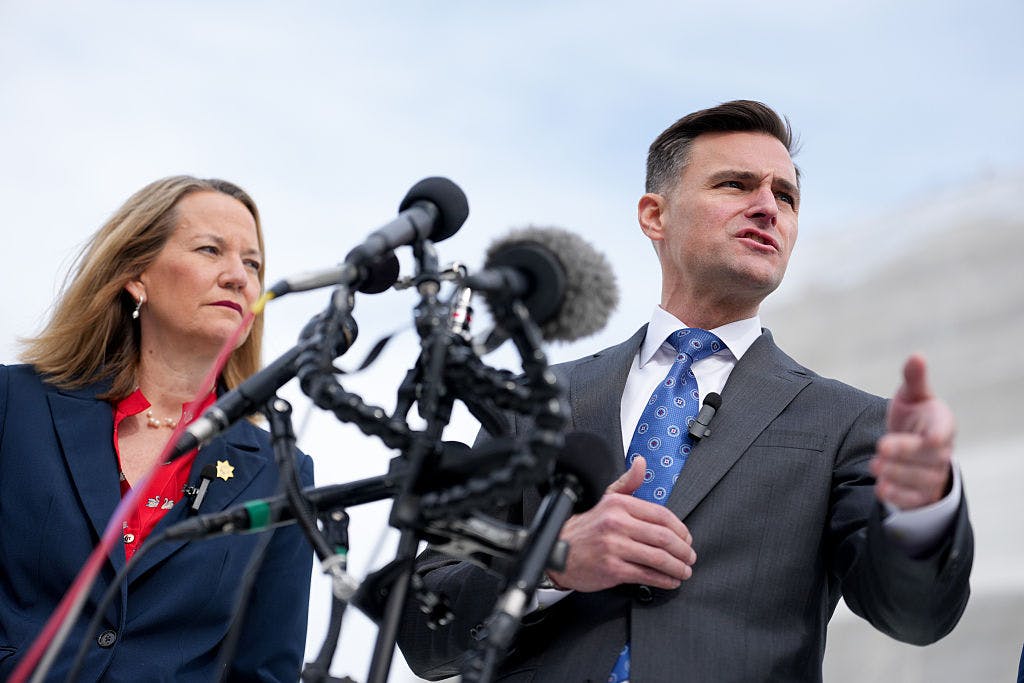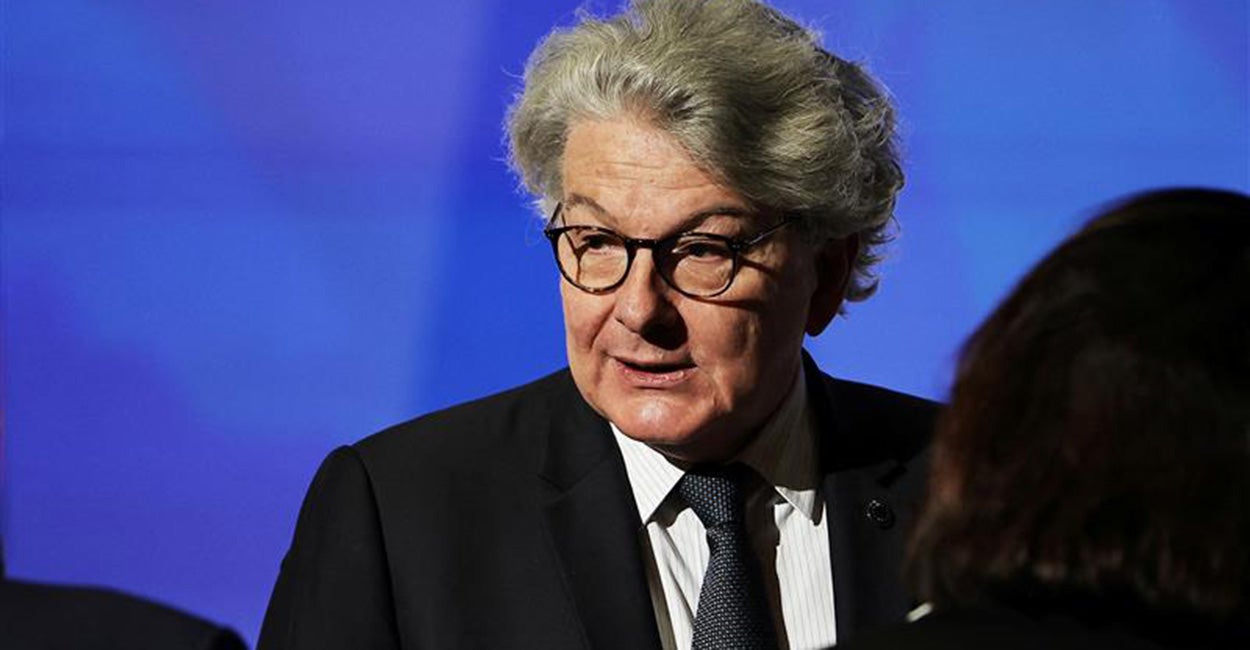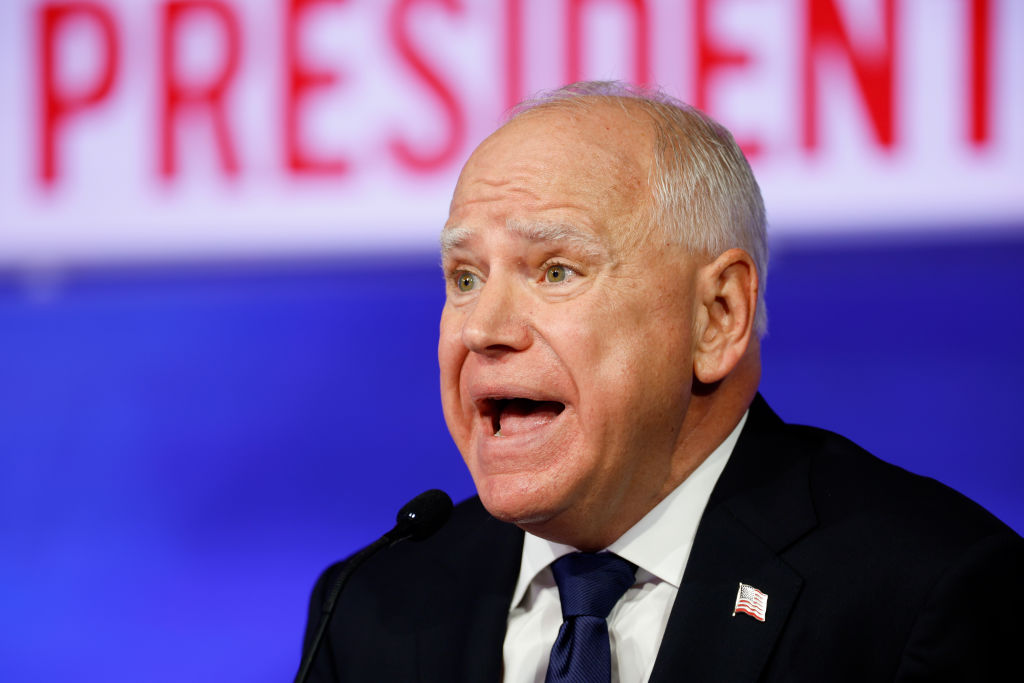The Army Transformation Initiative’s Big Bets on Drones

War rarely remains static—a reality made clear through the conflict in Ukraine, which has underscored how technology advances can reshape the battlefield. Under directions from Secretary of War Pete Hegseth, the U.S. Army is now incorporating lessons learned from recent and ongoing conflicts to adopt new technology and tactics at the unit level.
Live Your Best Retirement
Fun • Funds • Fitness • Freedom
On April 30, Hegseth released the first stages of what would become the Army Transformation Initiative, which aims to reduce waste and inefficiency, optimize the workforce structure and warfighting capabilities, reform acquisition and budget operations, and eliminate unnecessary and politicized climate change, DEI policies, and spending. The initiative places particular emphasis on fielding unmanned systems across the force and developing new ways to counter enemy unmanned systems.
The Army Transformation Initiative builds on two existing efforts: President Donald Trump’s executive order on drone advancement and the Army’s Transformation in Contact effort.
The executive order, “Unleashing American Drone Dominance,” centered defense focus on drone development. Meanwhile, the Transformation in Contact effort is designed to shape organizational reforms and incorporate emerging technologies into existing platforms.
Together, these initiatives recognize the role that unmanned aircraft systems can play in increasing mobility and flexibility while reducing costs. New, cost-effective unmanned systems have been used extensively in Ukraine as cheap munitions that can be built and deployed at scale. They’ve also been used for intelligence, surveillance, and reconnaissance.
An important part of this process has been a bottom-up approach that incorporates lessons learned from practical tests into capability development. The Transformation in Contact has been at the forefront of the experimental tests, learning from rotations near Ukraine and leveraging commercial technology for rapid on-field development.
Drawing on lessons learned from the conflict in Ukraine, the Army has built on its drone program, innovating to use unmanned systems to drop live grenades, for example. These sorts of tactics could be used in trench and urban warfare scenarios, as they provide flexible, low-cost options with reduced risk to personnel.
Another key component of the Army Transformation Initiative has been to shorten the chain of command—allowing for a more versatile development program. Now, brigade level officers can authorize the procurement and testing of small unmanned aircraft systems. This is a significant change from the prior system, which required high-level approval.
However, drones’ emergence as an increasingly common tool of war has created evolving security threats. While the administration advances its drone capabilities, it must simultaneously expand its ability to counter these systems by focusing on counter unmanned aerial systems.
As drones have become more accessible and advanced, counter capabilities have been developed to detect, track, and identify unknown systems and neutralize threats. Counter systems increase domain awareness by tracking possible paths and locations for the drones and their pilots. Meanwhile, active measures like jamming devices, lasers, and missile interception technology are all employed to mitigate drones’ threat.
Investments in unmanned aircraft systems and counter systems make sense, but some perspective is important. Despite some voices to the contrary, drones do not make traditional military doctrine or existing platforms obsolete. Instead, they primarily function in an additive role or as cheap munitions, enabling artillery, armor, and infantry to perform ground combat operations more efficiently.
To be successful, the Army Transformation Initiative will need to balance its efforts to transform the force through investments in unmanned systems with efforts to maintain the U.S. Army’s edge over potential adversaries in artillery, infantry, and armor capabilities.
The Army Transformation Initiative is helping to transition the Army away from its decades-long focus on counterinsurgency operations and reorient it to preparation for great power competition. Combined, its efforts mark a big step in the right direction as the Department of War looks to rebuild and revitalize the U.S. Army.
The post The Army Transformation Initiative’s Big Bets on Drones appeared first on The Daily Signal.
Originally Published at Daily Wire, Daily Signal, or The Blaze
What's Your Reaction?
 Like
0
Like
0
 Dislike
0
Dislike
0
 Love
0
Love
0
 Funny
0
Funny
0
 Angry
0
Angry
0
 Sad
0
Sad
0
 Wow
0
Wow
0










































































